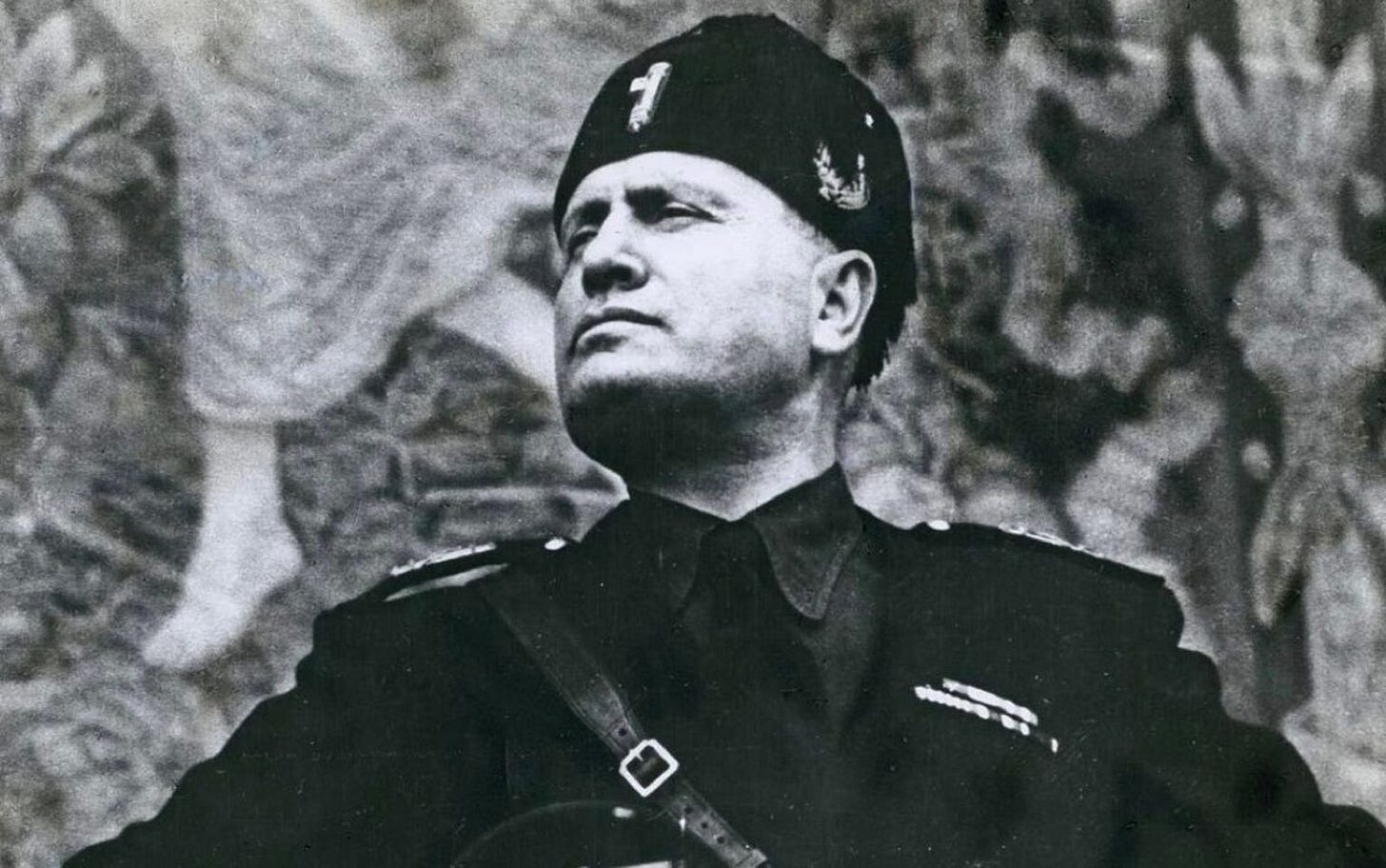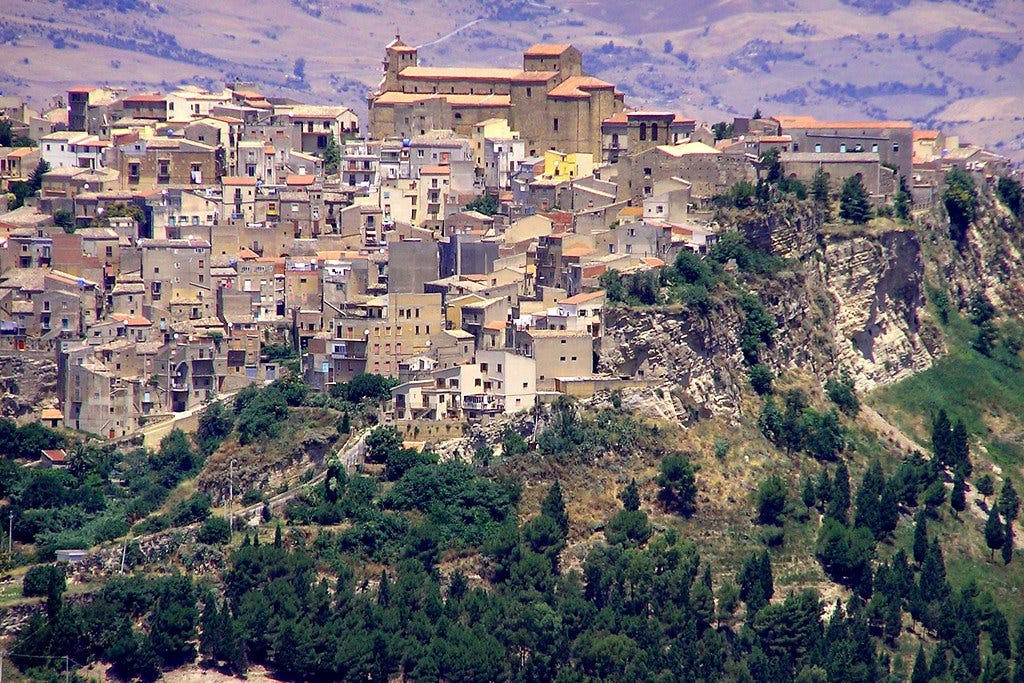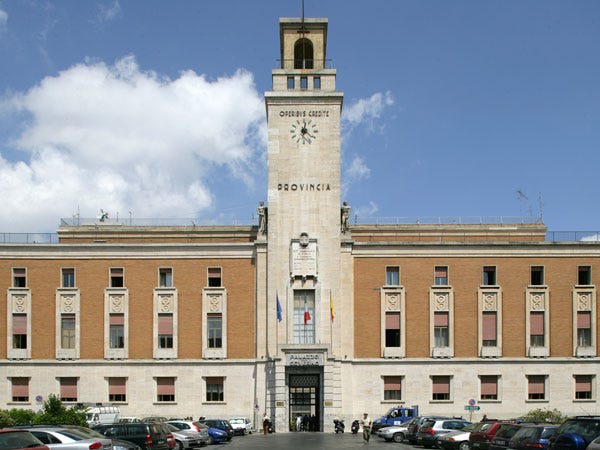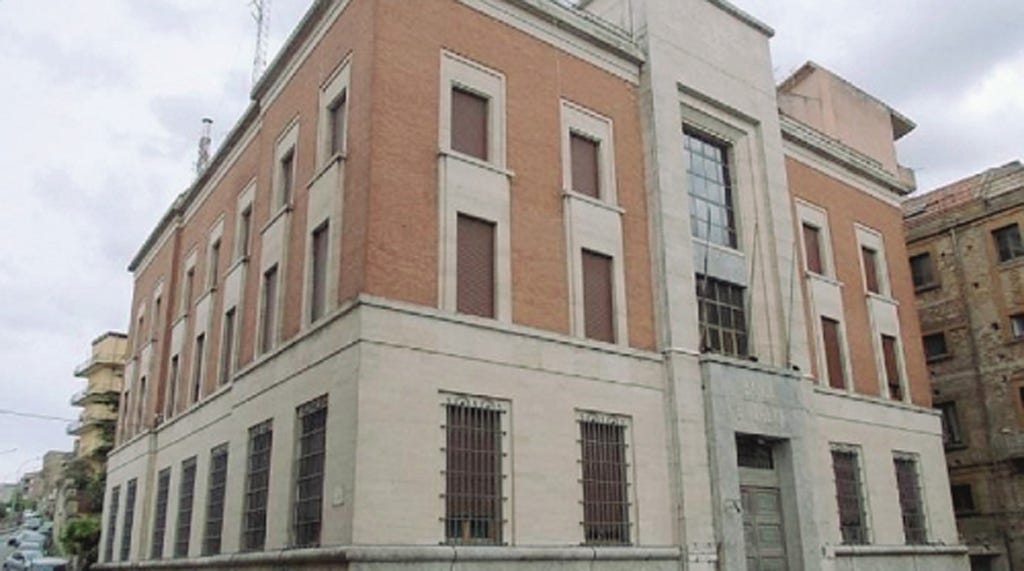Years ago – so it may well be invisible right now – I was having coffee with a friend in the square next to the Cathedral of Monreale, when he spotted, painted in very faint letters on a high and inaccessible wall the words ‘Mussolini ha sempre ragione’ (Mussolini is always right). Decades after the fall of the regime, one of its slogans was still there, much weathered but just visible, long after Mussolini had not just been proved wrong, but was long dead. No one had bothered or managed to paint it out. No one seemed particularly perturbed by it either.
Mussolini, it must be remembered, came from Emilia Romagna, the home of the Italian left, the son of an anarchist who grew up to be a socialist, and from an anti-clerical household, hence the name Benito, the name of the Mexican president Juarez, famous for his attacks on the Church. Mussolini never quite ‘got’ the Sicilians or they him, one feels, and it was in Sicily that fascism suffered its decisive defeat. The Allies invaded on 10th July 1943 and by 18th August had cleared the island of Axis troops. While this was going on, on 24th July, the Fascist Grand Council in Rome passed its fateful vote of no confidence in the Duce.
While no Sicilians lifted a finger to save Mussolini, as far as I can see, he did leave some lasting monuments behind him on the island, which are still there.
Mussolini was a great champion of classical civilisation. Hence, he decreed that the town of Girgenti should be called by the Italianised version of its Latin name, Agrigento, and that Castrogiovanni should become Enna once more. The first is famous for the Valley of the Temples, a truly wonderful site, especially in late January when the almond trees are in bloom. As for Enna, that too is worth a visit, being natural fortress on a high mountain plateau, commanding spectacular views.
Enna was praised by Cicero, and there are various plaques in the town recording this, and it was also famous for the worship of Ceres, the goddess of cereals. It was on the cereal-rich plains below Enna that one of the great ‘events’ of classical mythology took place: the god of the underworld, Dis or Pluto, kidnapped Proserpina, daughter of Ceres, as she was out gathering flowers with her maidens. Ceres eventually recovered her daughter, but had to share her with Dis; winter marks the period that Proserpina is in the Underworld, summer when she is restored to her mother. The rape of Proserpina supposedly took place by the lake of Pergusa, which, one supposes, was the entrance to the underworld. There is something particularly Sicilian about the way death encounters life in this story. There is a trattoria in Enna that has a huge wall painting of Dis carrying off Proserpina. The food was excellent, but it was slightly worrying to eat under the eye of the god of the underworld.
Enna boasts perhaps Mussolini’s finest legacy to Sicily, namely a square, named Piazza Garibaldi, surrounded by government buildings, including a superb Preffetura, which makes it one of the great compositions of fascist architecture on the island. The only other place that has so much good twentieth century architecture is Messina, though Catania and Palermo have some nice examples; but nowhere has the ensemble of that square in Enna.
The other legacy that endures from the fascist past is intangible, namely the reputation for the total suppression of the Mafia which took place in the Ventennio, the twenty-year fascist period. This is much discussed: did the Mafia really cease to function during the fascist era, or did it merely go underground? And was the revival of the Mafia after the War all the fault of the Americans, who liberated the imprisoned mafiosi thinking they were all democrats who had fallen foul of the Duce?
If the fascists deserve any credit, that is all down to one man, Cesare Mori, the Iron Prefect, who governed the island from 1925 to 1929. But one must not overlook the fact that Mori had been a successful prefect before fascism (he had dealt with brigandage in Sicily after the First World War) and only joined the party in 1924 after Mussolini had come to power. Moreover, he was dismissed in 1929, perhaps because the Duce was jealous, perhaps because Mori had found out more than the government wanted him to. In the 1930’s Mori dared to criticise the party and died a forgotten figure in 1942. Mori was not a fervent fascist by any means.
The suppression of the Mafia was an existential matter for the fascists: they were authoritarians who believed in the power of the state. The very existence of the Mafia was a reproach to them, and the falsification of their claim to be able to deliver strong government.
Mori’s methods, though authoritarian, were not particularly brutal: they consisted of mass arrests of suspects, with questions asked later. He would surround whole towns and take every male into custody. This produced results.
Mori was energetic, but he also understood the way the Mafia worked. First of all, he realised that Mafia criminality differs from ordinary criminality in that it uses political power to achieve its ends. And second, he realised that the Mafia flourished because people turned to the Mafia for favours and protection because they distrusted the state. Both of these things are still true.
As for the Duce, who was always right about everything, until he wasn’t any more, did his regime really restore the credibility of the state in Sicily? For a few moments, perhaps, while the Iron Prefect was in charge. But not for long. But as you stand in that lovely square in Enna, you do feel that he at least understood architecture.







